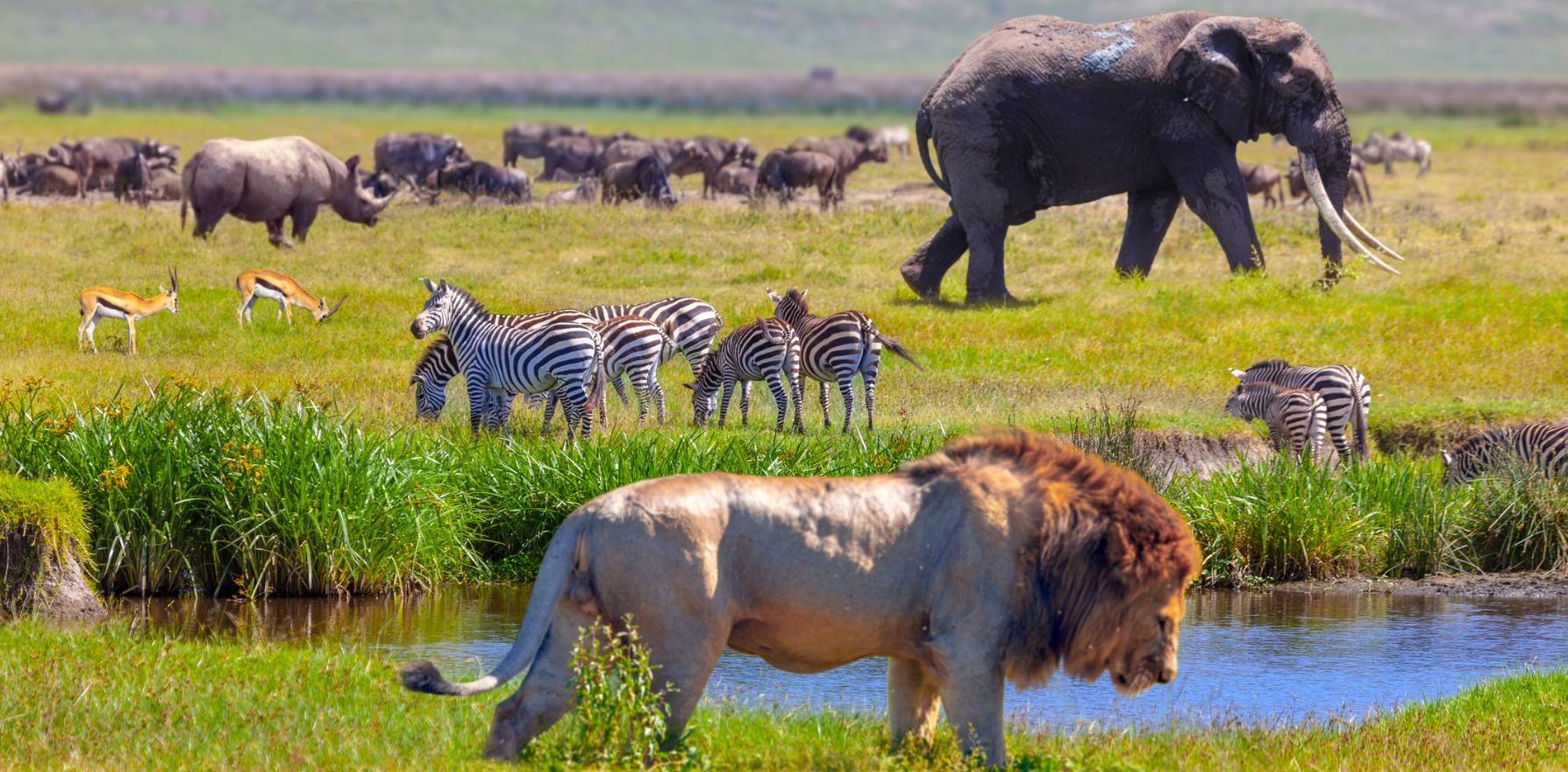Asthma hospitalisations halved a decade after ‘getting back to nature’ programs launched in Finland.
When we talk about biodiversity loss, most people think of imperilled pandas and lonely rhinos.
But we should also spare some concern for the mass of microbes living on and inside us, says skin and allergy specialist Professor Tari Haahtela of the University of Helsinki.
Speaking at the Australasian Society of Clinical Immunology and Allergy (ASCIA) 2021 conference, he said biodiversity loss among the human microbiota allows opportunistic species – such as Staphylococcus aureus – to flourish, paving the way to disease.
But increasing our exposure to the varied microbes in the natural environment could make our personal microbiota richer, and reduce the burden of allergic disease, according to Professor Haahtela and colleagues.
Despite the geographic closeness for the people of the Finnish and Russian Karelia (a region in the far northwest of Russia), researchers noted allergic diseases were much more prevalent among Finns born from the 1970s onwards.
Researchers noted the end of World War II marked a period of massive diversion economically for the two populations – with urbanisation for the Finns while most of the Russians remaining in small houses, tending livestock and small gardens for food.
This provided an opportunity to study the impact of environmental and lifestyle factors on allergy and asthma.
A slew of studies in the region included a comparison of the skin and nasal mucosa microbiota of randomly selected children from both populations in 2003, 2010 and 2012.
It showed asthma, hay fever and atopic eczema were consistently three-to-10-fold more common among the Finns compared to the Russians – while the Russians had significantly higher microbiota diversity.
“When we correlate the microbes to the gene activation of the blood leukocytes, we see that the network of gene activation is much richer, much denser on the Russian side compared to the Finnish side, and it seemed that the important pathways … were really related to the inflammation,” Professor Haahtela said.
“Based on our observations in this Finnish-Russian region, we created the biodiversity hypothesis, which means simply that contact with the natural environment enriches the microbiome, promotes immune balance, and protects from allergy and other inflammatory disease.”
This was taken to practice in the form of the Finnish National Allergy Program, which emphasised tolerance rather than avoidance unless necessary, and involved educational sessions for healthcare professionals while the public was targeted with an information campaign.
The national kindergarten teachers’ association ran a program incorporating outdoor activities into day care, and more outdoor activities promoted for all ages.
Between 2008 and 2018, hospitalisations for asthma, food allergy diets in schools and occupational allergies were all halved. The cumulative cost saving over the decade was 1.2 million euro, the team estimated.
Professor Haahtela said more work, including more controlled trials was needed, and that genetic predisposition toward some diseases would also play a role.
But given the effects of urbanisation, climate change and loss of the natural environment, “we are all facing the same kind of problem of losing protective factors,” Professor Haahtela said.
“We need the whole society with us: we have to have an effect on lifestyle and behaviour, on mobility, on housing, on hobbies, and we need social structures to promote these changes.”


